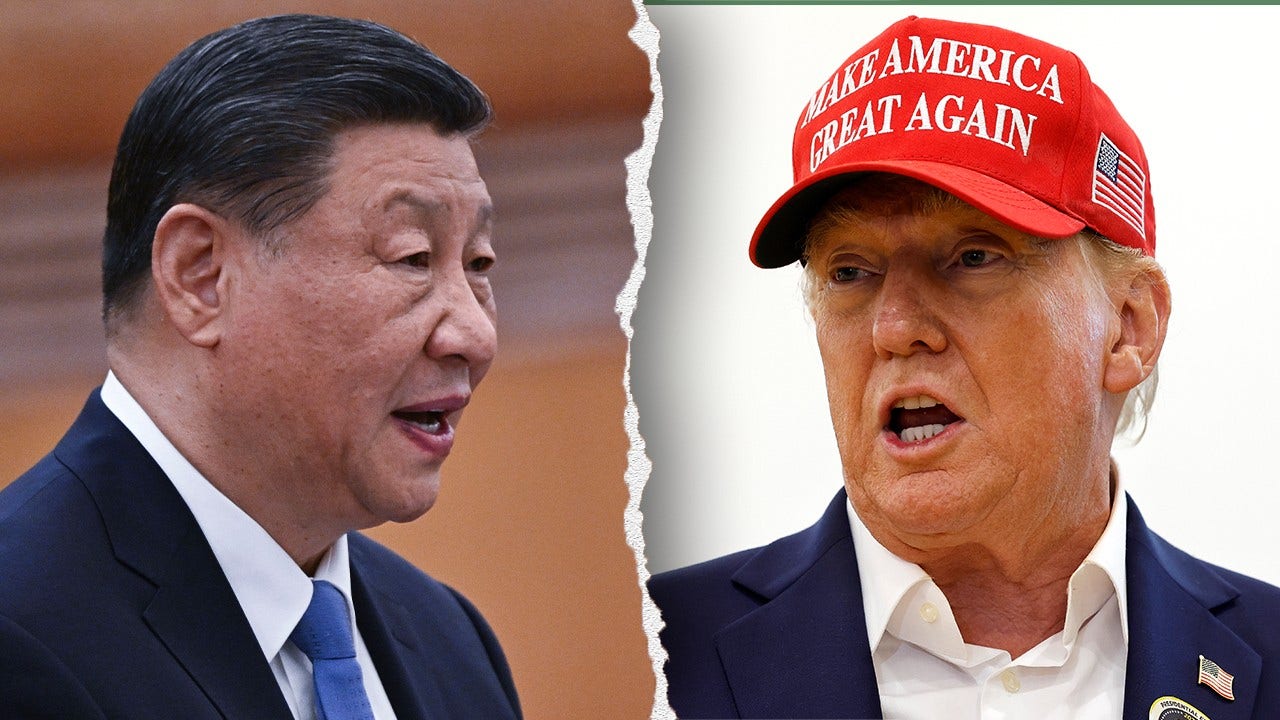
The Chinese Communist Party (CCP) aims to reshape global norms away from freedom, positioning China as a serious economic, military, and technological rival. State-run Chinese media claim China has already displaced the U.S. as the world leader in critical technology, citing an Australian Strategic Policy Institute (ASPI) report that claims China dominates in 57 of 64 key areas from 2019-2023, including AI, quantum computing, and defense technologies. However, analysts argue that China’s technological leadership may be overstated. Despite this, the U.S. cannot afford to become complacent.
The Rand Corporation reports that while China leads in patent counts and academic publications, U.S. companies like Amazon, Apple, Microsoft, and OpenAI continue to drive global innovation. The U.S.-China tech competition is more complex than just patent numbers, involving factors like innovation ecosystems and the economic and military impact of technological advancements. Focusing solely on patents overlooks crucial aspects like innovation quality and global reach—areas where the U.S. excels.
A study by ZEW Mannheim, Goethe University Frankfurt, and IÉSEG School of Management Paris finds that the U.S. remains ahead in key technologies, even though China has filed more patents under the Patent Cooperation Treaty (PCT) since 2019. While China prioritizes quantity, U.S. patents are more frequently cited and have a greater global impact.
China still relies on technologies from other regions, and its patents lack the broad influence seen in those from the U.S. and Europe. Despite China’s progress, the study suggests it is unlikely to surpass the U.S. in technological leadership anytime soon.
China’s perceived dominance in AI is partly due to government subsidies that grant $14,000 for filing 10 patents. However, only about 10 percent of these patents hold market value and contribute little to socioeconomic development. Despite China’s patent strategy, the U.S. leads in AI innovation with superior talent, top institutions, and advanced technology, maintaining a global competitive edge.
The Five Eyes intelligence alliance reports that China remains a leader in intellectual property theft, indicating an inability to innovate independently, instead relying on mass-manufacturing stolen ideas and technologies, particularly from the U.S. In contrast, the U.S.’s open market, driven by profit and the free exchange of information, fosters innovation and the development of new technologies.
The U.S. dominates knowledge- and technology-intensive (KTI) industries, holding a 40% global share in KTI services, which demonstrates its leadership in driving technological innovation. The profit motive encourages scalable, efficient production and constant refinement through competition while also promoting the wide distribution of U.S. technologies, increasing their global impact.
In China, much of the research is conducted by state-owned and state-funded institutions, which do not need to generate a profit. While this can lower costs, it removes the profit incentive that drives innovation. Additionally, state projects are often shrouded in secrecy, and information is not widely shared. This limits the creation of innovation hubs like Silicon Valley or Northern Virginia and Southern Maryland, where firms working on similar technologies inadvertently help each other by publishing research and developing products for the civilian market, which in turn become building blocks for defense-related advancements.
Although China’s larger population and the Chinese Communist Party’s (CCP) ability to control people and companies like chess pieces offer some advantages, the U.S. benefits from strong IP protection, which encourages investment in technology. U.S. research institutions are incentivized to file high-quality, commercially viable patents to compete in an open market. Unlike China, where mass patent filings are subsidized, the U.S. private sector focuses on quality rather than sheer volume, ensuring innovations that have real-world value.
America is ahead for now, but China is challenging U.S. technological dominance, with many Americans complacent and underestimating the risks of falling behind. To safeguard its prosperity and security, the U.S. must prioritize innovation.
The Wilson Center recommends renewing the R&D tax incentive, fully funding the Chips and Science Act, and reforming research funding to support breakthrough innovations. Leveraging AI, strengthening collaborations with European and Asian allies in critical fields like quantum computing, and increasing support for STEM students are crucial steps. Additionally, the U.S. must lead in setting global tech standards, maintain export controls on key technologies, and build resilient supply chains to reduce reliance on China.


























































